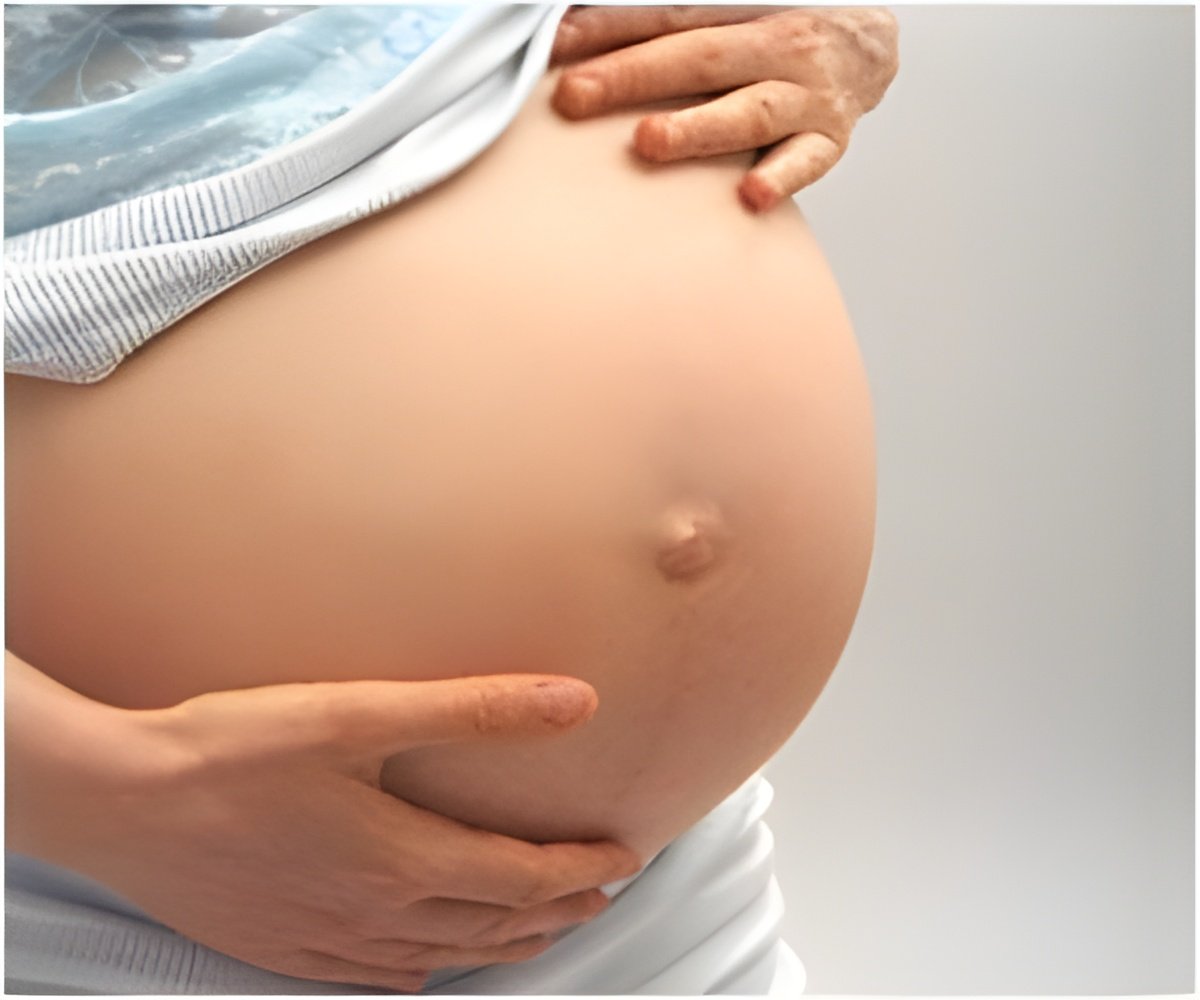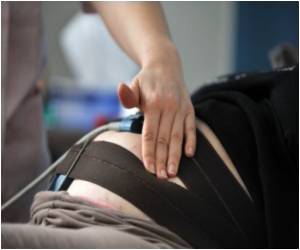
‘Oxidative stress induced by excess iron accumulation can cause damage and death of pancreatic beta cells which produce insulin, contributing to impaired insulin synthesis and secretion.’
Tweet it Now
Iron is regarded as a double-edged sword in living systems, as both iron deficiency and excess can be harmful. Pregnant women are particularly vulnerable to iron deficiency and related adverse pregnancy outcomes.While a few guidelines, including those from the American Congress of Obstetricians and Gynecologists, recommend screening and treatment only as necessary for iron deficiency, several other groups such as the World Health Organization (WHO) and the Centers for Disease Control and Prevention recommend routine iron supplementation among pregnant women. Emerging evidence has pointed to a possible link between higher iron stores and abnormal blood sugar control (including type 2 diabetes) in non-pregnant individuals.
In this new research, the authors did a case-control study of 107 GDM cases and 214 controls (matched on age, race/ethnicity, and gestational week of blood collection) within the prospective, multiracial NICHD Fetal Growth Studies-Singleton Cohort (2009-2013).
The authors looked at several biomarkers of iron status, including plasma hepcidin, ferritin, and soluble transferrin receptor (sTfR), and these data were used to calculate the sTfR:ferritin ratio, which captures both cellular iron need and availability of body iron stores. These markers were longitudinally measured or calculated four times during pregnancy, twice before GDM diagnosis (gestational weeks 10-14 and 15-26), and twice afterward (gestational weeks 23-31 and 33-39).
GDM diagnosis was ascertained from medical records based on oral glucose tolerance test results. Statistical modeling was then used to calculate the odds ratio of GDM with iron status, accounting for factors such as demographics, pre-pregnancy body mass index (BMI), and other major risk factors.
Advertisement
Describing the findings as biologically plausible, the authors offer various potential explanations. Iron may play a role in the development of GDM through several potential mechanisms. As a strong pro-oxidant, free iron can promote several cellular reactions that generate reactive oxygen species and increase the level of oxidative stress.
Advertisement
The authors conclude, "In summary, findings from this longitudinal and prospective study among multiracial, relatively healthy pregnant women without major pre-pregnancy chronic diseases, suggest that higher maternal iron stores may play a role in the development of GDM starting as early as the first trimester. These findings are of clinical and public health importance as they extend the observation of an association between high body iron stores and elevated risk of glucose intolerance among non-pregnant individuals to pregnancy, and raise potential concerns about the recommendation of routine iron supplementation among pregnant women who already have sufficient iron."
The study is published in Diabetologia (the journal of the European Association for the Study of Diabetes [EASD])
Source-Eurekalert















